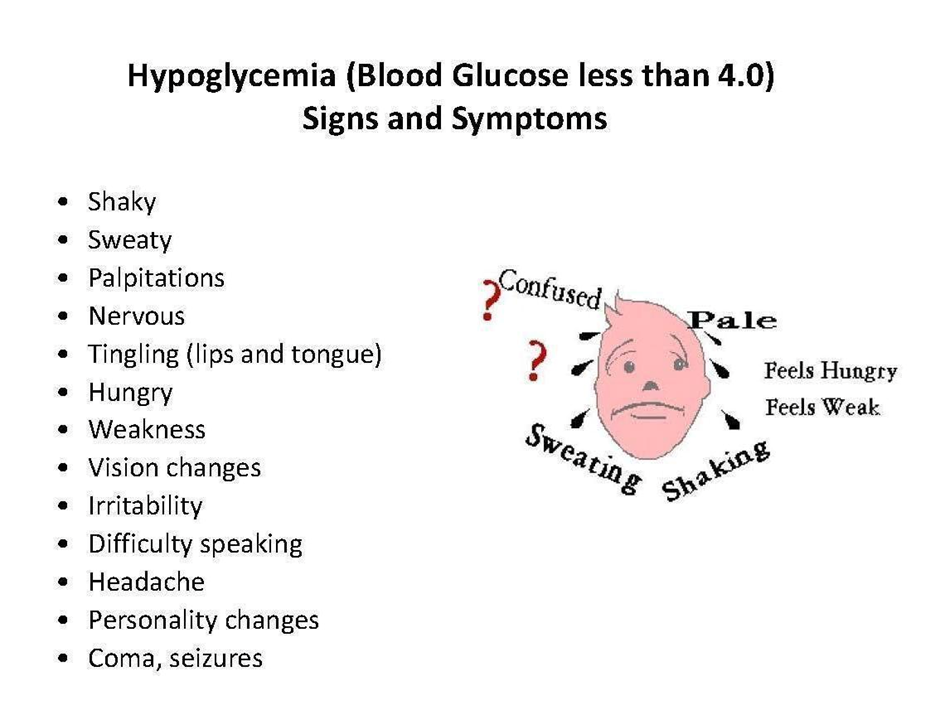A nurse is collecting data on a client who is experiencing hypovolemia. Which of the following findings should the nurse expect?
Hypertension
Peripheral edema
Oliguria
Bradycardia
The Correct Answer is C
A. Hypertension:
Hypovolemia is characterized by a decrease in blood volume. This reduction in blood volume usually leads to decreased blood pressure, not hypertension.
B. Peripheral edema:
Edema is more commonly associated with hypervolemia (excess fluid volume) rather than hypovolemia. In hypovolemia, the body is experiencing a deficit of fluids, and edema is not a typical manifestation.
C. Oliguria:
This is the correct answer. Oliguria, or reduced urine output, is a common finding in hypovolemia. When the body is low on fluids, the kidneys try to conserve water by decreasing urine production.
D. Bradycardia:
Hypovolemia often leads to tachycardia (an increased heart rate) as the body attempts to compensate for the decreased blood volume by pumping the existing blood more quickly. Bradycardia is not a typical finding in hypovolemia.
Nursing Test Bank
Naxlex Comprehensive Predictor Exams
Related Questions
Correct Answer is C
Explanation
A. Cimetidine:Cimetidine can indeed increase the effect of metformin due to competition for renal tubular clearance. This can lead to higher levels of metformin in the blood and potentially increase the risk of side effects. While it does not directly contraindicate metformin use, monitoring and dose adjustments might be necessary to manage this interaction.
B. Cephalexin:
Cephalexin is an antibiotic used to treat bacterial infections. It does not have a significant impact on blood glucose levels and is not contraindicated for a client taking metformin.
C. Prednisone:This is a corticosteroid that can increase blood glucose levels. Corticosteroids are known to cause hyperglycemia and may impair glucose control, which can be problematic for someone with diabetes taking metformin.
D. Levothyroxine:
Levothyroxine is a medication used to treat hypothyroidism. It does not have a direct impact on blood glucose levels and is not contraindicated for a client taking metformin.
Correct Answer is C
Explanation
A. Dry mucous membranes:
Explanation: Dry mucous membranes are not typically associated with hypoglycemia. Instead, they might be seen in conditions such as dehydration.
B. Fruity breath odor:
Explanation: Fruity breath odor is more commonly associated with diabetic ketoacidosis (DKA), which is a complication of hyperglycemia, not hypoglycemia.
C. Diaphoresis:
Explanation: Diaphoresis, or excessive sweating, is a common manifestation of hypoglycemia. It results from the activation of the sympathetic nervous system in response to low blood sugar levels.
D. Polyuria:
Explanation: Polyuria, or increased urination, is not a typical manifestation of hypoglycemia. It is more commonly associated with hyperglycemia and diabetes.

Whether you are a student looking to ace your exams or a practicing nurse seeking to enhance your expertise , our nursing education contents will empower you with the confidence and competence to make a difference in the lives of patients and become a respected leader in the healthcare field.
Visit Naxlex, invest in your future and unlock endless possibilities with our unparalleled nursing education contents today
Report Wrong Answer on the Current Question
Do you disagree with the answer? If yes, what is your expected answer? Explain.
Kindly be descriptive with the issue you are facing.
